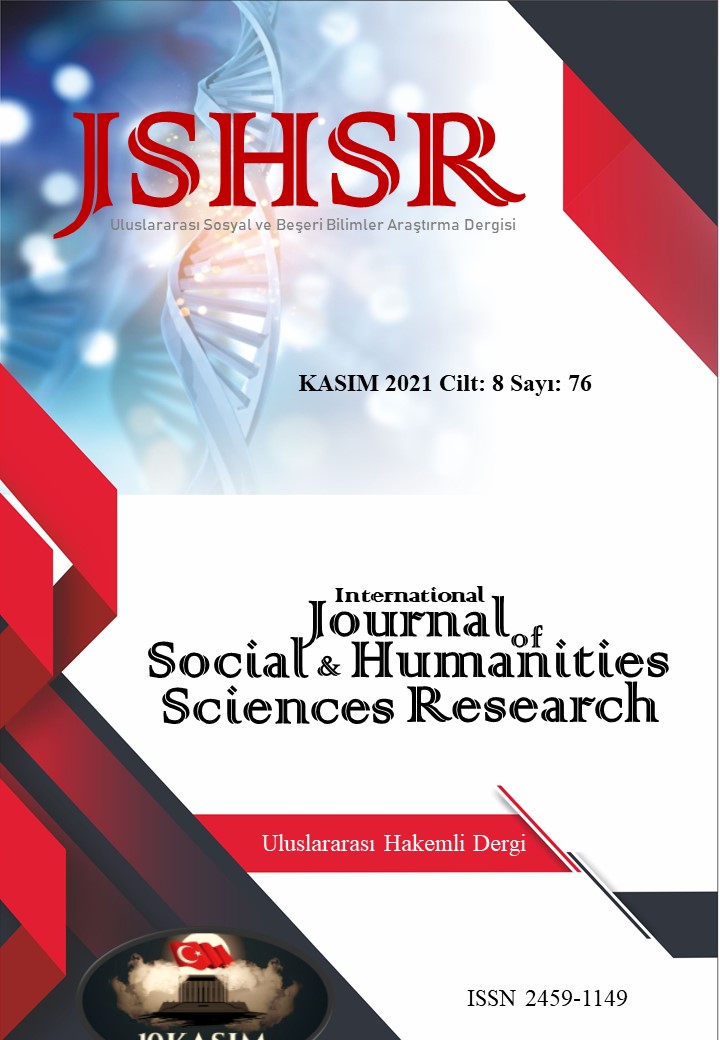THE CONCEPT OF REPUTATION AND AN OVERVIEW OF CORPORATE REPUTATION
DOI:
https://doi.org/10.26450/jshsr.2842Keywords:
Reputation, corporate reputation, reputation managementAbstract
In this study, the concept of reputation is explained with the transition to corporate reputation management, which has gained importance as a result of the changing and changing sensitivities of society, technological developments, increasing competition, and the impact of crises, business partners, and stakeholders.
In this study, it has been seen that reputation, which is the most basic element that makes a business different from its competitors, is an important element that can be measured and developed, which requires a long time and is costly, in the eyes of stakeholders. It provides very important advantages and benefits to businesses, a disciplined and planned approach is considered important, reputation capital, which is the economic value of business reputation, and reputation control is very important for successful reputation management, reputation risk management is a vital need for companies, and it is top-level management. It has been reached the results that the existence of management responsibility necessitates.
Reputation, which requires a planned and long process to gain, is a value that can be easily lost if not managed properly. Loss of reputation may even cost the business to end its life. For this reason, reputation must be implemented in a proper and effective way. Reputation management includes all the work done to protect the reputation and reveal the reputation.
Companies with a strong image provide confidence to the consumer with the reputation they create. Even if the consumer has never used or tried that product before, he prefers the products of the companies he trusts.
Downloads
Published
How to Cite
Issue
Section
License
Copyright (c) 2021 INTERNATIONAL JOURNAL OF SOCIAL HUMANITIES SCIENCES RESEARCH

This work is licensed under a Creative Commons Attribution 4.0 International License.


